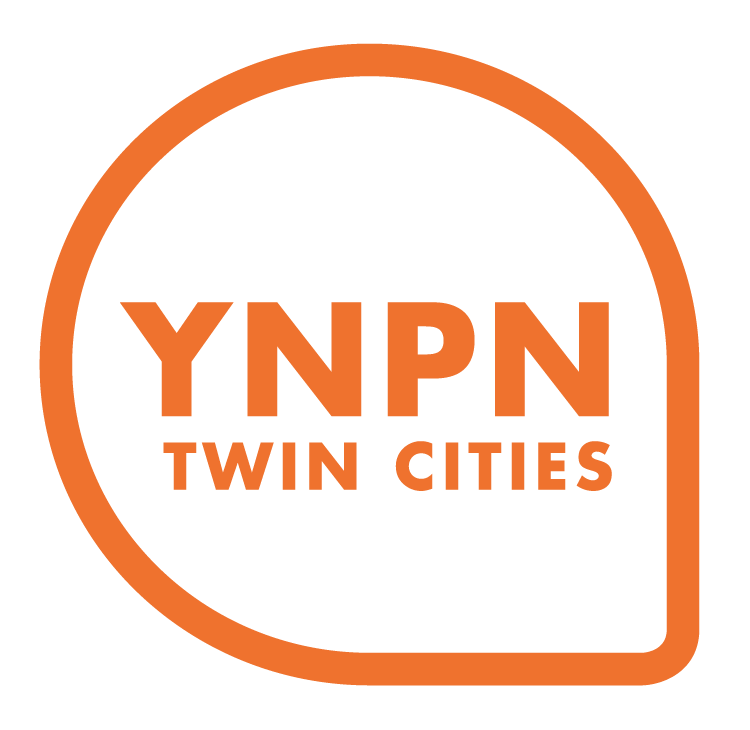Connecting Professionally While Meeting Virtually
by Sarah Kuenzler
When my office was first sent home for quarantine, I attended a webinar promising to help us work through the pandemic. The single point that has stuck with me was an assumption made by the presenter about workflow in an office; essentially, “you will find your performance improves at home, where you are not constantly being interrupted by coworkers.”
I thrive on interoffice conversations with colleagues. The free flow of ideas invigorates my professional mind. In a nonprofit setting, building trust among employees is essential to the strength of the team. Employees repeatedly cite team relationships as a reason their organizations deserved recognition. A culture that values teamwork, appreciation, and social events to build comradery are among the many reasons staff consider these organizations the best to work for.
Culture and communication are also cited multiple times in the Unemployment Services Trust’s Nonprofit Employee Engagement & Retention Report. The key finding acknowledges the importance of high-quality communication; communication that prioritizes purpose.
I certainly subscribed to the importance of communication and carried those values into a new job in January 2020. Just as I was beginning to create preliminary introductions with my new coworkers, we were sent into quarantine. I traditionally relied on more natural interactions, like seeing coworkers in the halls or the odd desk chat, to lead into regular conversation.
I had no idea how I was going to achieve the same outcome using video calls; our staff was already remarking on how draining virtual meetings could be. The hyper-focus of a video call combined with the use of the same medium for work and social interactions presented a unique problem.
Through trial and error, I found it possible to work with and around the video call platform. I’ve come to appreciate the flexibility and reliability of video calls, both of which can work in your favor.
Virtual meetings, but make them short
I was hesitant to use virtual meetings for communication but I’ve come to appreciate the ability to mold the interaction in a way that fits the schedule of any given weekday. For an initial conversation with someone I’ve only just met, I’ve found that 10 - 20 minutes is just enough to allow for polite and friendly conversation. For someone who has many virtual meetings, a time limit might be more palatable.
The key to this approach is to not go over time. You need to be the one who keeps track of the time during the meeting and when time is up, make a point to say so. Thank them for their time and ask if you can set up another short meeting in the next few weeks. This leads to the next tactic…
Repeat, and be consistent
It is your responsibility to continue this pattern. Ideally, you would schedule the next meeting only at the end of the previous meeting. The goal is to build a friendly and professional relationship where you’re comfortable sharing information with each other; one where the communication flows effortlessly and you both feel inherently comfortable. Don’t automatically assume that they’ll be comfortable repeating this meeting every week. Asking them at the end of the meeting if they’d like to speak again allows them the space to say no. If they agree, set up another time that works for both of you, ideally at least 10 days after the initial meeting. This isn’t a typical work meeting, so it can be treated more casually. Putting more than one workweek in between sessions gives your conversations a more relaxed feeling, helping to build friendly professionalism, rather than two colleagues discussing policy, for example.
Repetition builds trust between the two of you and allows for a smooth transition into the final step.
The “outside of work” meeting
Despite its title, you don’t actually have to physically meet outside of work. This can still be virtual if necessary and moves you into a more relaxed space. Take time to learn about your colleagues - what motivates them? How did they get to where they are now? Learn about them as a professional person - someone who is more than who they present as at work.
If you’re in a situation where you both feel comfortable meeting in person, be sure to ask them upfront about their preferences. Outdoors or indoors? What time of day? For how long? These might seem like obvious questions to ask, but they’re even more important to focus on right now. The pandemic continues to have varying effects on everyone and you must allow for genuine space for them to decide what works best. Of course, you should also be solid on these preferences for yourself. Perhaps they’d be happy to work in tandem at a coffee shop in your neighborhood. Maybe they’d enjoy meeting at a park and bringing their own lunch. Have a few ideas at the ready so you can make some good suggestions.
There’s a facet of these steps that differs from my pre-pandemic approach - this can help you make friends. Your focus is to make connections in your chosen field, and I noticed in the last year that not only is the approach different, the connections themselves are different. There’s a vulnerability in my interactions that I didn’t see before; we are living through a crisis together and this ongoing experience has changed everyone. It’s important to acknowledge that even in professional realms, there has to be space for this level of human connection. Recognizing that space and being genuine and kind in that recognition will go a long way to build relationships in your professional life.
- Sarah Kuenzler -


